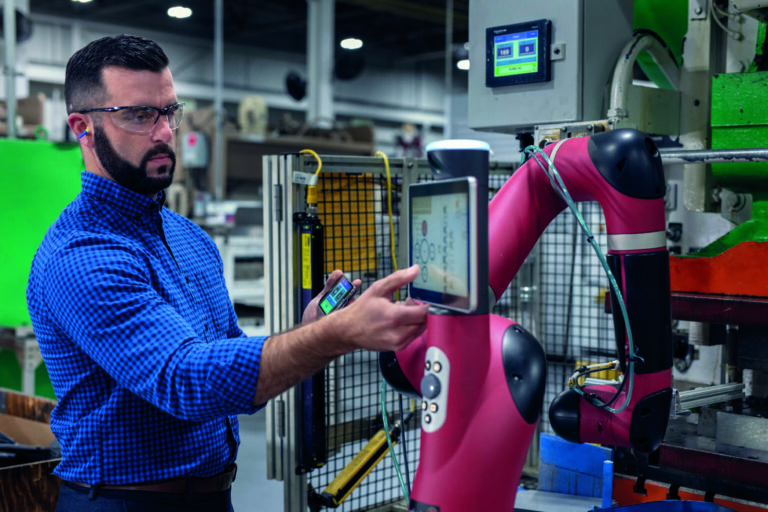Understanding Pizokeelio: A Unique Fusion of Strategy, Influence, and Lifestyle
What Is Pizokeelio?
Pizokeelio is not just one idea—it is a blend of three very distinct but interconnected realms: a tabletop strategy game, a digital influence system, and a lifestyle framework. On the surface, it might appear complex. But once understood, pizokeelio becomes an engaging and thought-provoking way to connect people, ideas, and actions across physical and digital spaces.
Unlike traditional games or lifestyle approaches, pizokeelio does not fit inside a single category. It bends expectations and encourages both personal and collective evolution through structured play, decision-making, and daily behavioral patterns.
Origins and Core Structure
Although the exact origin of the term “pizokeelio” is unclear, it appears to stem from experimental game design and behavioral mapping. It combines board game mechanics with interactive digital feedback and lifestyle optimization strategies. Think of it as a triangle with three powerful corners—strategy, influence, and personal growth.
At the heart of pizokeelio is the belief that every action, whether in a game or in life, creates a ripple effect. This effect is measured, reflected, and evolved through the framework’s feedback system.
The Tabletop Strategy Element
Pizokeelio’s physical board version operates like a game of power, territory, and narrative. Each player takes on a role that reflects a certain mindset or influence type—such as “Navigator,” “Builder,” or “Reactor.” The game is turn-based, but each decision alters not just one’s personal path, but the paths of others as well.
Key aspects of the game:
- Zones and Territories: The board is divided into zones representing different life or energy dimensions (focus, collaboration, risk, etc.).
- Action Tokens: Each player is given a limited number of action tokens per round. These are used to move, build, disrupt, or collaborate.
- Change Phase: After each round, the board enters a change phase where all player actions create permanent or semi-permanent shifts.
Unlike most strategy games that rely on fixed rules and winning conditions, pizokeelio’s game ends only when consensus is achieved or all players agree the game has reached “resonance.”
The Digital Influence System
Outside the tabletop space, pizokeelio extends into a digital layer. This system uses player behavior and game decisions to suggest real-world actions or social responses. It’s like a mirror—reflecting who you are through the way you play.
How it works:
- Behavioral Scanning: The system tracks how players make choices—aggressively, passively, collaboratively—and builds a profile.
- Influence Map: A unique influence map is generated for each user. This digital model helps in understanding how a person might lead, follow, resist, or reshape situations in digital interactions.
- Adaptive Prompts: Based on the data, the platform sends adaptive suggestions to users in real life, such as how to handle conflict, initiate collaboration, or explore creativity.
This layer is not designed for surveillance but for self-growth. It encourages users to reflect on digital habits and test new behaviors within a safe, gamified ecosystem.
The Lifestyle Framework
The third layer of pizokeelio is its lifestyle component. It encourages intentional living, rooted in reflection, feedback, and strategic choices.
Pizokeelio teaches that daily routines, conversations, and even how one arranges their workspace are all forms of moves on life’s game board. Players learn to recognize:
- Patterns of reaction
- Moments of opportunity
- Zones of stagnation
- Behavioral loops
This layer is practiced through daily journaling, ritual cards (which are drawn each morning), and “resonance reviews,” which are weekly reflections on alignment between intention and action.
It’s not rigid or rule-based. Instead, the lifestyle layer offers guiding metaphors and simple structures to bring mindfulness and purpose into ordinary living.
Pizokeelio Roles and Archetypes
Each participant in pizokeelio adopts an archetype—based on their strengths, patterns, and aspirations. These aren’t fixed roles, but rather lenses that help players understand themselves and others. Some popular archetypes include:
- The Shifter: Embraces chaos and adapts fast, often disrupting stale systems.
- The Rooter: Prefers to build slowly and focus on foundational growth.
- The Reflector: Acts as a mirror to others, often helping the group reach clarity.
- The Diverger: Explores multiple options and brings unseen paths to light.
Understanding one’s archetype not only shapes gameplay but also impacts the digital influence model and lifestyle tracking system.
Pizokeelio’s Core Principles
Though complex in design, pizokeelio rests on a few simple but deep principles:
- Every Move Matters
Small decisions ripple outward and can reshape the board—or life itself. - Change Is the Only Constant
The environment (gameboard, digital context, or personal world) is always shifting. Adaptability is key. - Influence Is Mutual
One cannot act without influencing others, and being aware of this leads to more mindful decisions. - Feedback Grows Awareness
Reflecting on what worked or failed is part of the learning process. - Consensus Is Greater Than Victory
The goal isn’t to win—it’s to find shared resonance among all players or participants.
Applications of Pizokeelio in Real Life
Though it may seem abstract, many individuals and groups are finding ways to apply pizokeelio principles:
- In Education: Teachers use pizokeelio methods to help students engage in strategic thinking, emotional awareness, and collaboration.
- In Leadership Training: Organizations are adopting the influence system to assess and improve communication patterns and leadership effectiveness.
- In Personal Growth: Individuals use the ritual and journaling practices to reflect on their habits, align their routines, and discover deeper purpose.
Even families and couples are beginning to explore the lifestyle layer of pizokeelio as a way to better understand each other’s needs and rhythms.
Future Development and Expansion
Pizokeelio is not a finished product. It is designed to evolve. Communities can build their own boards, invent new archetypes, and expand digital modules based on new learnings. Open collaboration is encouraged.
Developers are also exploring how augmented reality and AI tools might enhance the digital layer, making influence feedback more immersive and real-time.
Eventually, there might be official platforms for community versions of pizokeelio—where people from different cultures can adapt and remix the system to fit their own worldview.






